Two days after undergoing surgery to remove a brain tumour, Doreen Adams was back home with only a small scar and a black eye.
The 75-year-old had previously spent eight weeks in hospital overseas recovering from a tough craniotomy.
However, after returning home to Aberdeen she discovered the surgery had been unsuccessful.
Doreen was referred to neurosurgeon Anastasios Giamouriadis who thought she was the perfect fit for a “game-changing” surgical technique he had adapted with his team.
Instead of going through another hours-long surgery, Doreen was able to have her “tennis ball-sized” tumour removed through her eyebrow.
“The difference in the two surgeries was night and day,” she said.
Aberdeen surgeon removing brain tumours through eyebrows
Mr Giamouriadis, who has worked in Aberdeen for the past five years, and his team have now performed the surgery 48 times.
They are not aware of anywhere else in the world where tumours as large have been removed in this way.
“We have modified and developed the technique through the keyhole approach to remove very large tumours – as large as you can have in the brain,” he said.
“Those at the front of the brain and all the way back to the middle.
“After a traditional extensive craniotomy patients spend days and weeks in the hospital and are exposed to multiple complications.
“The eyebrow surgery makes a significant positive impact as it reduces the length of surgery and the length of inpatient stay.
“Doreen had surgery done elsewhere but with our approach the operation time was halved.
“The patient wakes up immediately and on most occasions are discharged on the second day. Usually they are back to normal life in one to two weeks.”
‘A new lease of life’
Doreen described the craniotomy she underwent in December 2022 and her long recovery as “the worst time of her life”.
She had been suffering from bad headaches for about a year when she ended up in hospital while visiting family overseas.
She was told she had a “tennis ball-sized” mass which had been slowly growing over the past decade.
“After a few weeks back here I had to go for a MRI and I was told the tumour was still there,” she said.
“I saw Mr G the week after and he showed me the scans and within five to six weeks I was operated on again.
“I got the operation on the Thursday and was home on the Saturday.”
When Doreen was first told about the procedure she thought it was a “pie in the sky” idea.
“It’s wonderful,” she added. “He’s the nicest man without what he has managed to do for me and 47 other people.
“He has given us all a new lease of life.”
‘How can you say thank you?’
With this operation – known as the Modified Eyebrow Keyhole SupraOribtal Approach for Brain Tumours – it takes the surgeon 30 to 40 minutes to reach the tumour.
During a craniotomy, getting to the mass alone can take up to three hours.
“It’s a team effort with the neurophysiologists, nurses, anesthetists and therapists,” Mr Giamouriadis said.
“I only feel confident to do this operation when I monitor the optic nerves and the neurophysiologist tells me throughout the operation how the optic nerve responds.”
“The frontal lobe is also important for cognition – it is where the soul lives. For Doreen, we identified with friends and family quite a few changes in her personality over the previous two years.
“This was a slow growing tumour so it can reach a big size before the patient starts displaying symptoms.
“We expose less healthy brain so we are able to not only protect mobility and vision, but those which are a little bit more vague, like personality.”
“Many people complain about the NHS but I certainly can’t,” Doreen added. “He’s helping people get their lives back.
“How can you say thank you? You want to do more but you can’t. If I had not got the MRI here, who says I’d still be here.
“I’m very grateful.”
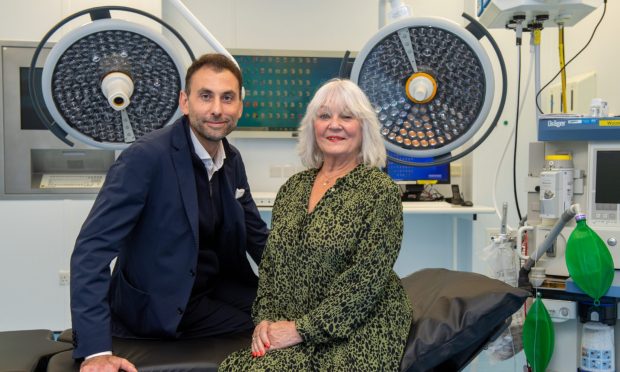
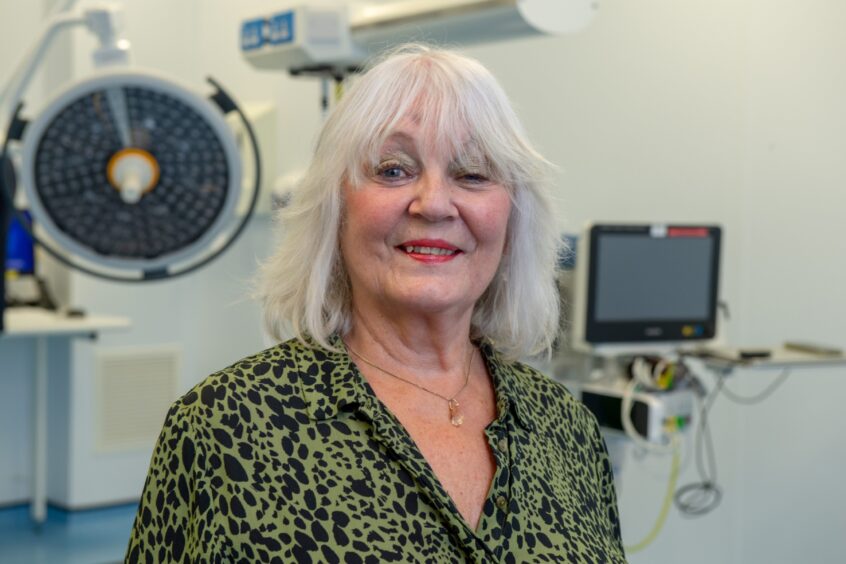
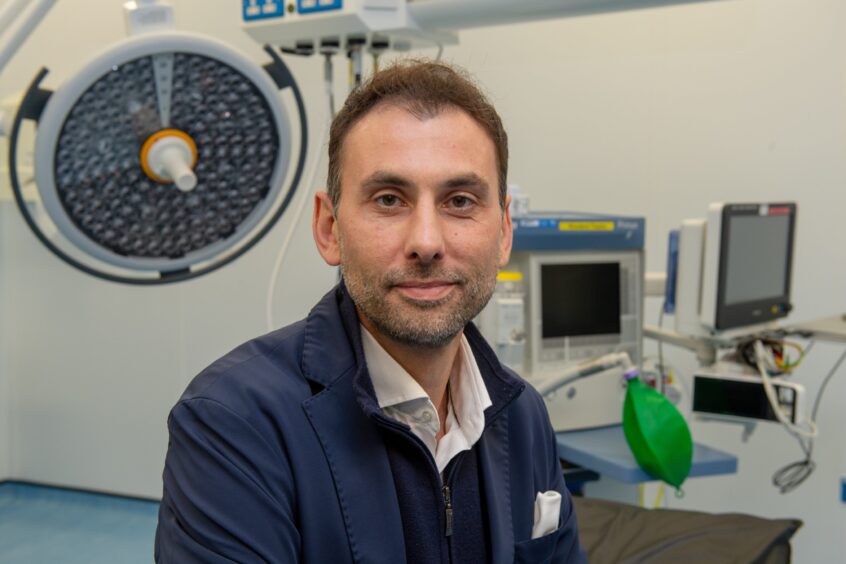
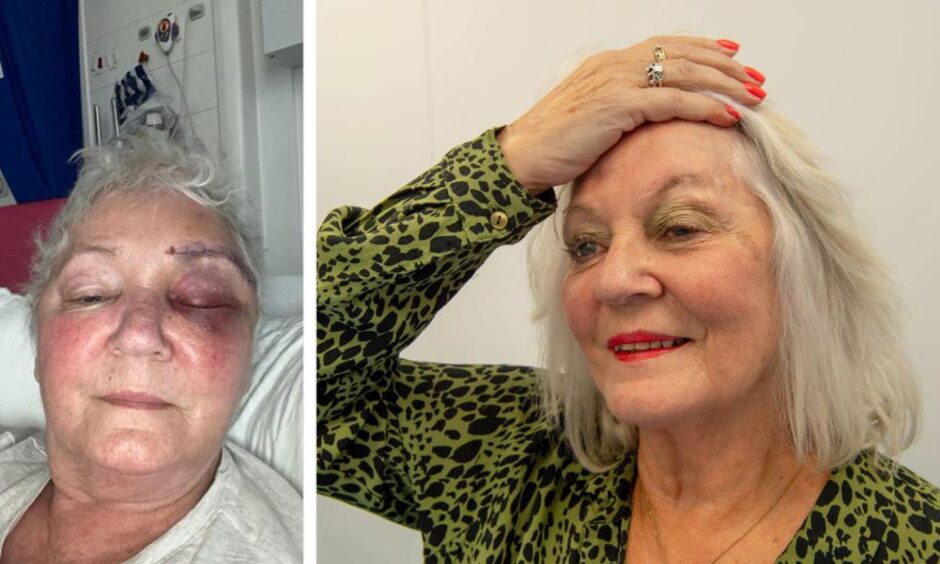
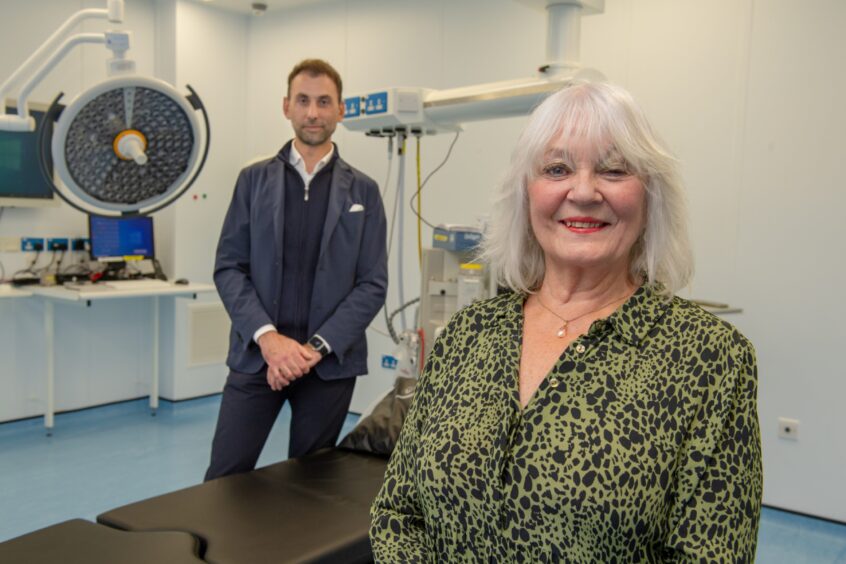
Conversation